Your cart is currently empty!
Professional backlink indexing boosts SEO performance by improving how search engines recognize and rank your site.
Faster indexing accelerates link authority, leading to quicker ranking improvements, better ROI, and stronger domain metrics.
The article explores the critical methods, tools, and strategies to ensure systematic indexation, maintain growth, and track success.
What is backlink indexing and why is it critical for SEO success?
Backlink indexing involves ensuring that links to your website are recognized by search engines, a crucial step for improving visibility and rankings.
While the process might seem straightforward, its success depends on various factors like link quality, authority, and proper handling of technical aspects, which will be discussed next.
What exactly are backlinks in SEO?
Backlinks, also known as inbound links, are hyperlinks from one website to another.
In SEO, backlinks are essential because they act as endorsements of your website’s content, signaling to search engines that your site is credible and valuable.
The more high-quality backlinks you have, the more authority your website gains, which helps improve search engine rankings.
Key elements of effective backlinks include:
- Relevant anchor text that clearly describes the linked content.
- High authority domains link to your site, which boosts credibility.
- Natural contextual placement within the content.
- Organic acquisition patterns, where links are earned rather than artificially built.
- Dofollow attributes, which pass authority to the linked page.
- Topical relevance between the linking page and the target page.
How does Google’s indexing process work for backlinks?
Google’s indexing process for backlinks follows three main stages: discovery, crawling, and indexation.
Google’s web crawlers, known as bots, discover backlinks either through organic site scans, XML sitemaps, or manual submission.
Once discovered, the crawlers analyze the source and destination of the link, determining its quality and relevance.
High-quality backlinks from authoritative and relevant sites are more likely to be indexed. On average, it takes Google between 4-14 days to index a backlink.
Why do some backlinks fail to get indexed by Google?
Not all backlinks are indexed by Google, and several factors contribute to this:
- Low domain authority: Backlinks from sites with low authority or poor reputations are less likely to be indexed.
- Poor content quality: Links embedded in low-quality, thin, or duplicate content may be ignored.
- Technical barriers: Elements such as robots.txt exclusions, “noindex” tags, or broken links can prevent crawlers from accessing the backlink.
- Spammy link patterns: Unnatural linking strategies or a sudden spike in backlinks can trigger Google’s spam detection, leading to penalties or non-indexation.
Common indexing obstacles include:
- Noindex meta directives
- Server response delays over 3 seconds
- Duplicate or thin content
- Complex JavaScript rendering
- Excessive outbound linking
- Low-quality hosting infrastructure
- Spam signals in the link profile
What are the proven benefits of professional backlink indexing?
Professional backlink indexing offers multiple advantages that directly influence how search engines recognize and rank your site. Implementing such strategies accelerates link recognition and optimizes SEO outcomes.
The specific impact of timely indexation, return on investment, and authority metrics will further illustrate the tangible benefits of this process.
How does faster indexing impact your search rankings?
Faster indexing means that search engines recognize and evaluate your backlinks sooner, leading to quicker improvements in your search rankings.
Backlinks indexed within 7-14 days can influence rankings significantly faster compared to non-indexed backlinks, which might take 30-45 days to have any impact.
Early recognition allows these links to start passing authority and contributing to keyword rankings much earlier.
How does proper indexing affect your link authority?
Proper indexing affects link authority by ensuring that backlinks are recognized and counted by search engines, thereby contributing to a website’s ranking signals.
When backlinks are indexed, search engines can assess their relevance, source quality, and impact on the linked page’s authority.
Indexed links transmit their link equity, often referred to as “ranking power”, to the target page, strengthening its authority and visibility in search results.
Without proper indexing, backlinks remain invisible to search engines, making their authority contribution negligible, which can hinder SEO efforts and limit the potential ranking benefits of a link-building strategy.
What are the most effective methods for indexing backlinks?
By ensuring that backlinks are recognized by search engines more quickly, businesses can experience faster ranking improvements, increased visibility, and a higher return on investment (ROI).
This process also amplifies link authority, boosting both domain and page strength, which collectively contributes to sustainable, long-term SEO growth.
What are the key differences between manual and automated indexing?
Manual and automated indexing approaches offer different benefits based on scale, speed, and control:
| Feature | Manual Indexing | Automated Indexing |
|---|---|---|
| Volume Capacity | Limited to a few links per day; suited for small volumes | High volume capacity, can process large batches |
| Time Efficiency | Time-consuming; requires significant daily effort | Time-efficient; minimal daily oversight needed |
| Cost | Free, but incurs indirect time costs | Pay-per-link or package-based pricing |
| Quality Control | High control, allowing individual link assessment | Less individual oversight, faster submission |
| Success Rates | Variable; depends on link quality and strategy | Often higher, using methods to boost indexing |
| Scalability | Limited; suitable for smaller campaigns | Highly scalable; ideal for large campaigns |
Manual indexing is ideal for small-scale campaigns that prioritize quality, while automated tools are essential for large-scale link-building campaigns where speed and scalability are crucial.
How can you avoid common indexing mistakes and penalties?
To avoid common indexing mistakes and search engine penalties, it’s critical to follow natural submission patterns and ensure that all links meet quality standards.
Key practices include:
- Spacing submissions: Submit backlinks at intervals of 4-6 hours to mimic natural link-building behavior.
- Varying link sources: Use diverse and reputable linking domains to avoid raising red flags.
- Avoiding over-submission: Refrain from submitting more than 100 links per day, as aggressive submission patterns can trigger spam filters.
What is the optimal link velocity for safe indexing?
There is no universally defined “optimal” link velocity for safe indexing, as the ideal rate varies depending on factors such as the site’s authority, age, niche, and existing backlink profile.
However, best practices generally recommend a gradual, consistent acquisition of backlinks that align with the site’s natural growth.
For most established sites, a steady increase over weeks or months is generally considered safe. Larger, authoritative sites can often sustain a higher link acquisition rate without issues, especially if links come from reputable, relevant sources.
For new or smaller sites, it’s generally advisable to start slowly, perhaps acquiring a few high-quality links per week, to avoid any perception of unnatural link growth.
Excessive spikes in link acquisition, especially from low-quality or irrelevant sources, may raise red flags with search engines.
Ultimately, a natural-looking link velocity—where link acquisition patterns mirror organic growth trends—is the safest approach.
How can you track your backlink indexing progress?
Tracking your backlink indexing progress is crucial for optimizing your SEO efforts and ensuring your links are contributing effectively to rankings.
Using specialized tools and monitoring key performance metrics regularly will provide the insights needed to adjust and improve your indexing strategies.
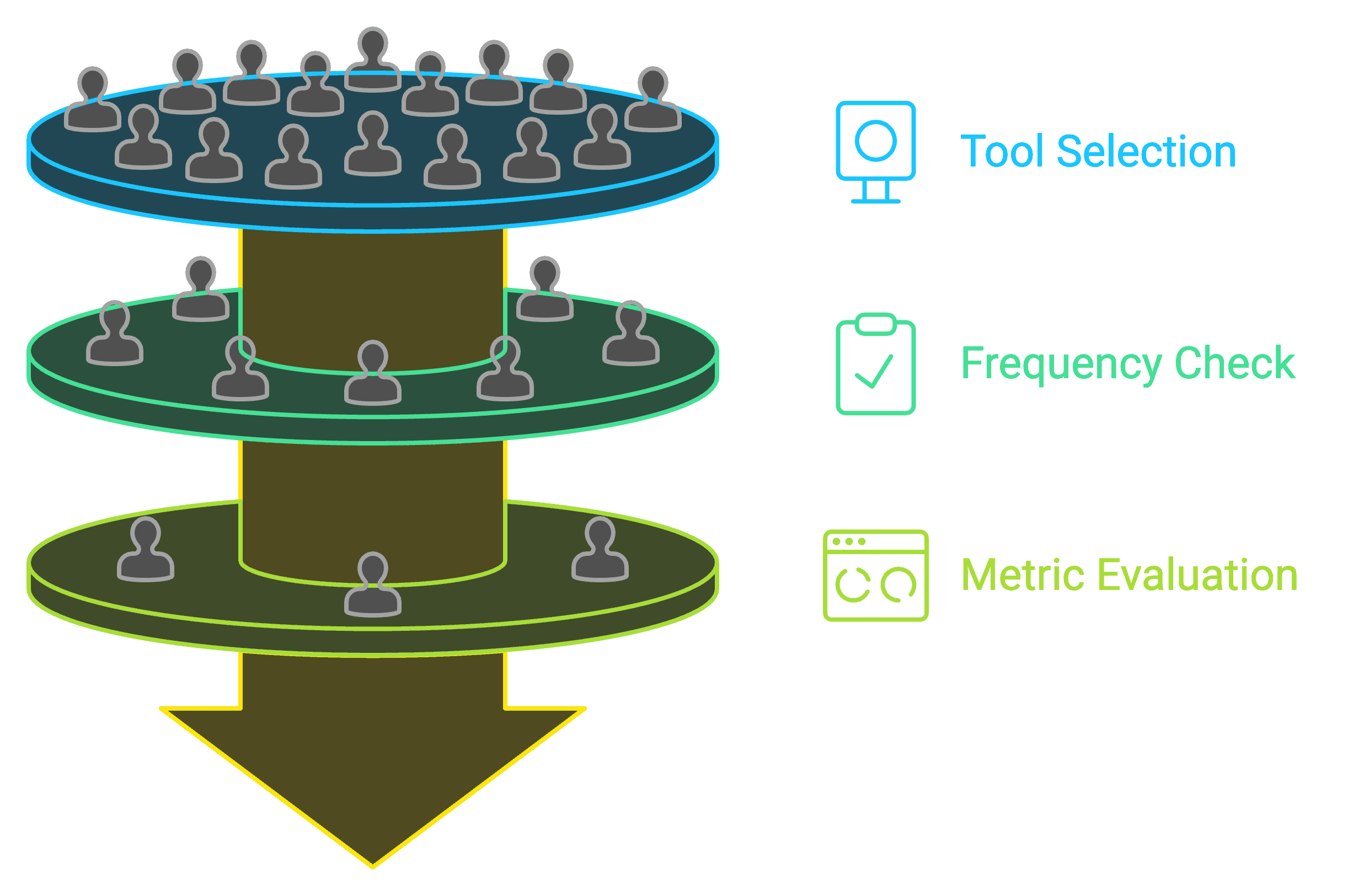
Which tools provide accurate indexing status monitoring?
Several tools are available for monitoring backlink indexing status, each offering detailed insights and reports. The most reliable tools include:
- Google Search Console: Provides indexing and crawling information.
- Backlink Indexing Tool: Specializes in tracking indexing status and offering detailed reporting.
- Ahrefs: Tracks backlinks and provides insights into whether they are indexed.
- Majestic: Offers data on backlinks and their indexing status.
- Moz Pro: Monitors backlinks and helps identify indexing issues.
- SEMrush: Provides backlink monitoring and helps assess indexing rates.
- Linkody: A backlink monitor focused on tracking link status and indexation.
What is the ideal frequency for checking index rates?
The ideal frequency for checking backlink index rates is every 72-96 hours during active campaigns.
This allows enough time for search engines to process submissions while giving you the ability to quickly address any indexing issues.
Regular checks ensure that your SEO efforts remain on track, allowing for timely adjustments as needed.
Which metrics indicate successful backlink indexation?
Successful backlink indexation can be measured through several key performance metrics:
- Indexation rate: The percentage of submitted backlinks that are successfully indexed. A target range of 85-95% is optimal.
- Indexing speed: The time it takes for backlinks to be indexed after submission, typically between 3-14 days.
- Crawl frequency: How often search engines crawl your site and its backlinks. High-authority sites should see daily crawls, while others may experience weekly crawls.
- Link visibility: How visible your indexed backlinks are in the context of search engine results.
How do you overcome common indexing obstacles?
Overcoming indexing obstacles requires identifying key issues that hinder link recognition and addressing them through targeted adjustments. Common challenges include technical shortcomings, low-quality sources, and poor content alignment.
Effective solutions focus on optimizing these areas, setting the foundation for stronger indexing performance, which will be explored in more detail.
What causes slow indexing rates and how can you fix them?
Slow indexing rates can be caused by various factors, including:
- Technical SEO issues: These include slow page load times, improper sitemap structures, and crawlability issues.
- Low domain authority: Backlinks from low-authority sites are more likely to be ignored by search engines.
- Poor content quality: Backlinks within thin or duplicate content may be deprioritized by Google.
To fix slow indexing, consider the following solutions:
- Improve page load time to under 3 seconds.
- Fix broken internal links and ensure proper sitemap configuration.
- Update content regularly to maintain relevance and quality.
How do you identify problematic backlinks before indexing?
Identifying problematic backlinks before submission can save time and prevent potential penalties. Problematic links typically exhibit the following characteristics:
- High spam scores(approximately above 30%).
- Unnatural anchor text distribution.
- Low domain trust flow(approximately below 15).
- Irrelevant content that doesn’t match the linked page’s topic.
By evaluating these factors, you can avoid indexing harmful links that may affect your website’s SEO performance.
What should you do with consistently unindexed links?
If certain backlinks consistently fail to get indexed, you can:
- Resubmit the link through a backlink indexing tool like Backlink Indexing Tool to attempt re-indexation.
- Evaluate the link quality and decide whether to disavow the link if it is from a poor or spammy source.
- Update the linking content to improve its quality and relevance, which may encourage indexing.
How do you develop an effective indexing strategy?
Developing an effective indexing strategy involves a structured approach that balances submission volume with natural growth patterns.
By focusing on consistent link submission, prioritizing high-quality backlinks, and avoiding penalties, you can ensure that your backlinks contribute effectively to your SEO goals.
What should your indexing schedule look like?
Your indexing schedule should be carefully planned to align with your website’s size and authority.
For smaller websites, submitting 5-10 links per day is optimal to maintain a natural link-building pace without overwhelming search engines.
Larger or well-established sites with higher authority can safely submit 20-50 links daily. Consistency is key, submitting links steadily over time mimics organic growth and helps avoid penalties.
Regularly monitor your indexation progress and adjust your submission volume based on how quickly your links are getting indexed, ensuring a balanced and effective approach.
How many links should you submit for indexing at once?
The optimal batch size for link submission depends on the site’s authority and age.
For newer or low-authority sites, submitting 10-15 links per batch helps maintain a natural link-building pattern without overwhelming search engines.
Established or high-authority sites can typically handle larger batches, submitting 20-50 links at once, while very high-authority sites may safely process up to 100 links in a batch.
Which backlinks deserve indexing priority?
Backlinks that deserve indexing priority include those from high-authority domains (Domain Authority 40+), as they provide stronger SEO value and credibility to your site.
Links from trusted sources, such as news outlets, government sites, or industry-leading organizations, should also be prioritized for indexing due to their high trustworthiness.
Additionally, backlinks from contextually relevant websites, those closely aligned with the content on your target page, are more likely to positively impact rankings.
Editorial links, which are naturally integrated within high-quality content, often index faster and provide greater ranking benefits compared to general or low-quality links.
Prioritizing these types of backlinks ensures that the most impactful links contribute to your SEO goals promptly.
How do you measure and maintain successful indexing campaigns?
Successful indexing campaigns rely on a combination of strategic planning, consistent monitoring, and adjustments based on performance indicators. To ensure ongoing effectiveness, it’s crucial to assess key metrics, maintain link growth patterns, and safeguard your link profile.
This approach helps maximize the impact of your backlinks over time.
Which KPIs matter most for backlink indexing?
The most important key performance indicators (KPIs) for backlink indexing include:
- Indexation success rate: The percentage of submitted links that get indexed.
- Average indexing time: The number of days it takes for backlinks to be indexed.
- Ranking impact: The effect of indexed backlinks on keyword rankings and domain authority.
A successful campaign should target an indexation rate of 85% or higher and achieve indexing times under 14 days for most backlinks.
How do you maintain natural growth patterns?
Natural growth patterns are essential to prevent penalties and ensure long-term ranking stability. A gradual increase in backlinks, typically 5-10 links per day for new sites and up to 50 for more established domains, helps maintain this natural growth.
It’s essential to monitor and adjust your link-building velocity based on the website’s authority and performance metrics.
What security measures protect your link profile?
To protect your link profile from spam or harmful backlinks:
- Automate spam detection to identify low-quality links.
- Monitor anchor text distribution to ensure it remains diverse and natural.
- Maintain a diverse backlink source profile to avoid over-reliance on any single domain or type of link. Real-time monitoring tools can detect suspicious backlink patterns early, allowing you to take action before penalties are applied.
How do you calculate indexing ROI accurately?
Indexing ROI can be calculated by comparing the direct impact of backlinks on your organic traffic and search rankings relative to the cost of indexing services.
To calculate indexing ROI accurately, follow these steps:
- Determine total indexing costs: Calculate the total investment in indexing, including expenses for any indexing tools or services, along with any internal resources used.
- Measure key metrics: Track metrics that are directly influenced by indexing, such as:
- Organic traffic growth: Monitor increases in organic traffic after indexing.
- Keyword ranking improvements: Measure the improvement in rankings for keywords associated with newly indexed backlinks.
- Conversion rates: Track conversions that result from traffic influenced by indexed backlinks.
- Assign monetary value to gains: Estimate the revenue generated from the increase in traffic, conversions, or other business goals achieved through improved SEO. For example, if increased traffic from indexed links leads to $10,000 in sales, this becomes part of your gains.
- Calculate ROI: The formula for calculating ROI is:
ROI = (Revenue Increase – Indexing Costs) / Number of Indexed Links - Adjust for Time Frame: Measure ROI over a fixed period (e.g., 60 or 90 days post-indexing) to capture the immediate impact and adjust as needed for long-term results.
How can API integration enhance your indexing workflow?
Maintaining a successful indexing campaign requires tracking key performance indicators while ensuring a balanced approach to link growth. By regularly evaluating performance and making necessary adjustments, you can maximize the benefits of your backlinks.
The following metrics and strategies offer insights into building and sustaining an effective campaign.
What advantages does an indexing API offer?
Using an indexing API, such as the one provided by Backlink Indexing Tool, offers numerous advantages:
- Real-time processing and validation of backlinks.
- Automated reporting and analytics to track performance.
- Bulk submission capabilities for up to 5,000 URLs per request.
- Integrated status monitoring for indexed links.
- Custom workflow integrations to suit different needs.
How do you automate the indexing process?
Automating backlink indexing using a RESTful API requires the following steps:
- Set up authentication using your unique API key.
- Configure the submission schedules to match your link-building cadence.
- Establish monitoring protocols to track the progress of indexed links in real-time.
The API automatically handles rate limiting while processing up to 50,000 links daily, ensuring natural patterns and avoiding search engine penalties.
What technical requirements should you consider?
For successful API integration, the following technical specifications must be met:
| Requirement | Specification |
| API Version | 2.0+ |
| Runtime Environment | PHP 7.4+ or equivalent |
| Memory Allocation | 256MB minimum |
| Security | Valid SSL certificate |
| Rate Limits | 100 requests/minute |
| Protocol | HTTPS |
| Authentication | Basic auth |
| Data Format | JSON |
The API supports popular programming languages like PHP, Python, and Node.js, with comprehensive documentation and sample code for easy integration.
Error handling and logging mechanisms should also be implemented to manage failed requests efficiently.
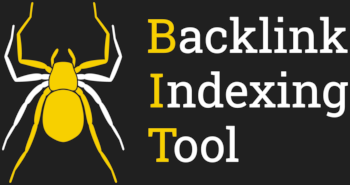
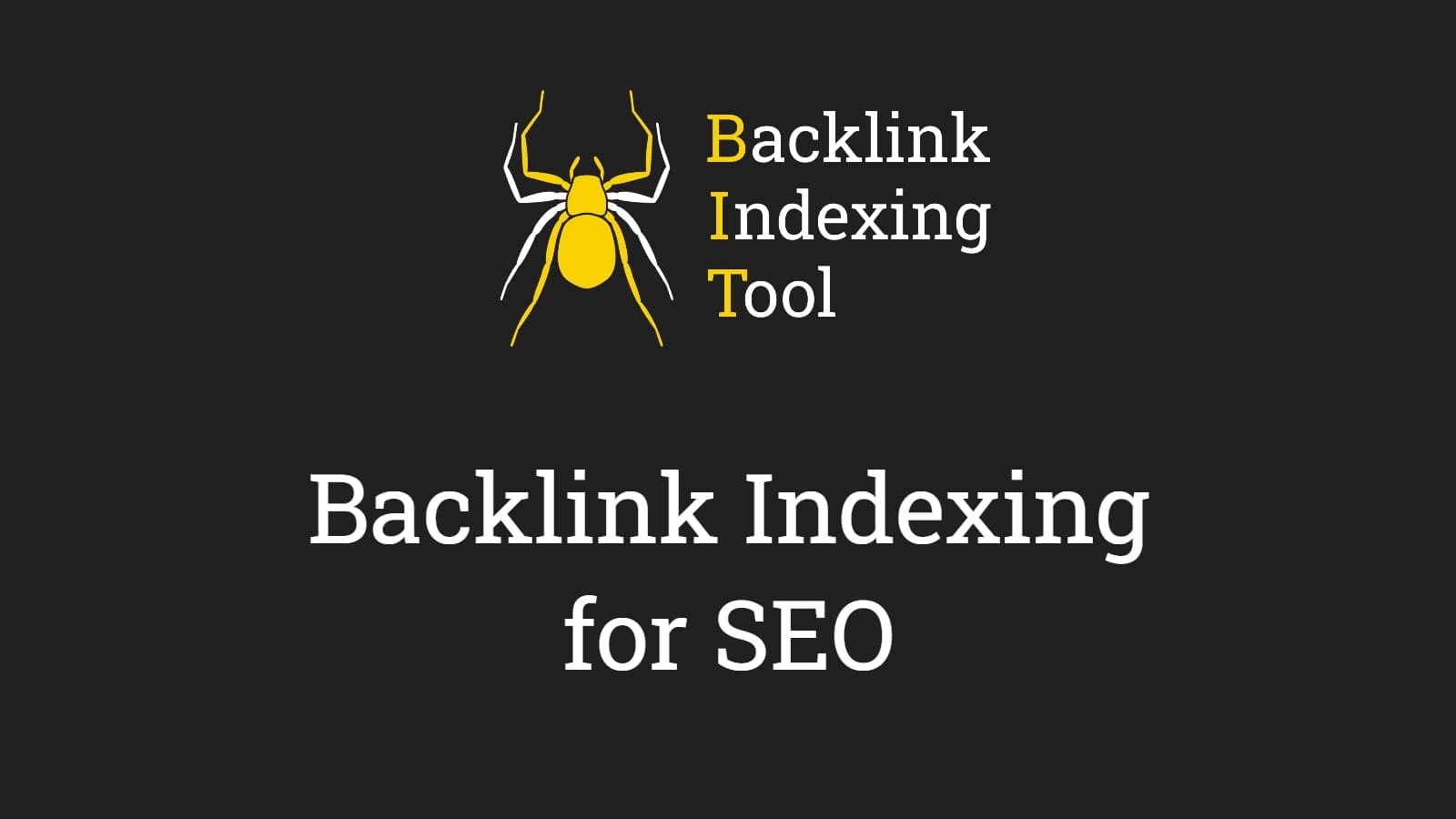
Leave a Reply